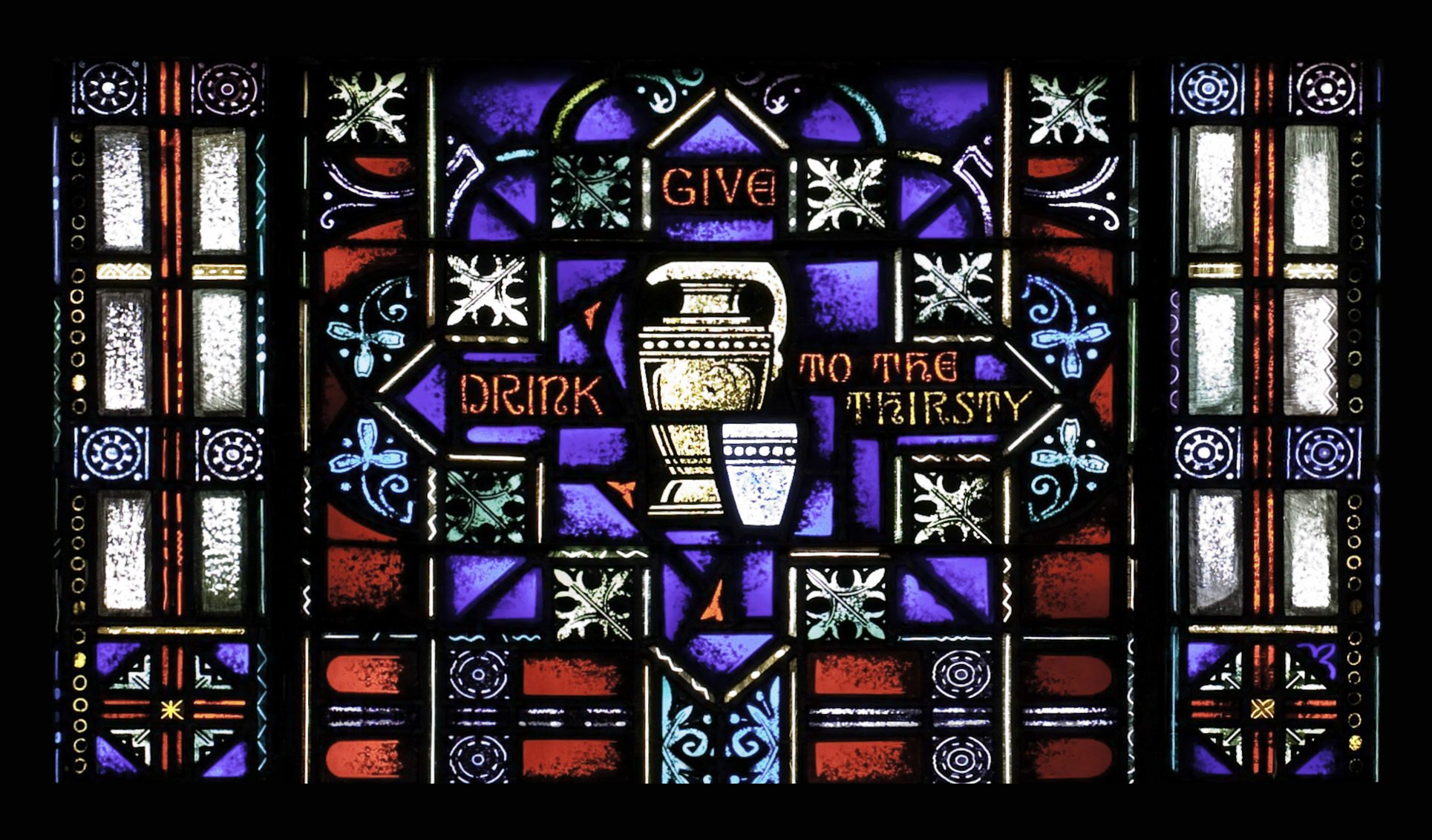Pope Leo XIV – Inaugural Mass Homily
Elected on May 8, 2025, as the 267th successor of St. Peter, Pope Leo XIV’...

The seven corporal and spiritual works of mercy, where they come from, and why they must always be kept together.
W orks of Mercy of various kinds are widely found both in the Old Testament and in the New. Over the centuries, the principal ones came to be enumerated as fourteen, seven pertaining to the relieving of bodily suffering and seven dealing with the alleviating of an even deeper spiritual suffering. These lists have a symbolic character since seven is the number of perfection or fullness in the Bible while fourteen is the number of the generations from David to the Messiah, and is therefore the number of Jesus Christ, the perfect model of merciful love. In truth, the works of mercy are innumerable, as the Fathers of the Church point out.
The important thing to note is that the spiritual and corporal works must be embraced together, following the example of Jesus who ministered to the entire human person, body and soul. To care for the soul while ignoring people’s bodily needs would be hypocrisy. But to care for the body and neglect the soul would be short-sighted and superficial, running the risk of a well-meaning but misguided sentimentalism.
To Feed the Hungry
To Give Drink to the Thirsty
To Cloth the Naked
To Shelter the Homeless
To Visit the Sick
To Ransom Captives
To Bury the Dead
To Instruct the Ignorant
To Counsel the Doubtful
To Admonish Sinners
To Bear Wrongs Patiently
To Forgive Others Willingly
To Comfort the Afflicted
To Pray for the Living & the Dead
For some creative ideas on how to integrate these works into your life, see especially the Meaning of Mercy and Truly Catholic Mercy by Dr. Italy.
For more great ideas for the Lenten Season, see the 40 DAYS OF LENT section of the Crossroads Initiative Library.
No Comments